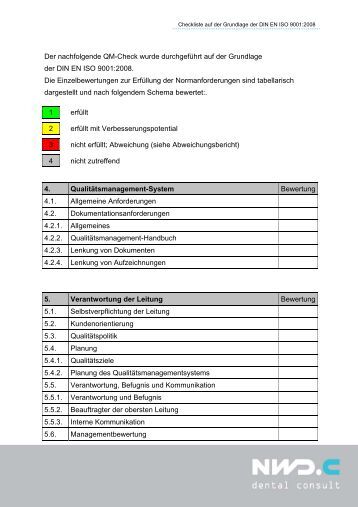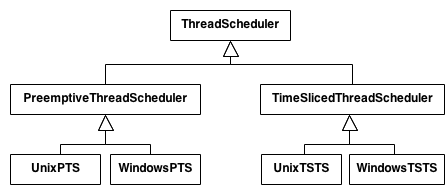Hierarchical Visitor Pattern Alternative

The Visitor pattern is often maligned as too complex. Hence, I would look for alternatives before implementing such an artificial hierarchy. The only direct links in a hierarchy, insofar as they are hierarchical, are to one's immediate superior or to one of one's subordinates, although a system that is largely.
This article needs additional citations for. Unsourced material may be challenged and removed.
( January 2014) () In and, the visitor is a way of separating an from an structure on which it operates. A practical result of this separation is the ability to add new operations to existent object structures without modifying the structures. It is one way to follow the. In essence, the visitor allows adding new to a family of, without modifying the classes. Instead, a visitor class is created that implements all of the appropriate specializations of the virtual function.  The visitor takes the instance reference as input, and implements the goal through.
The visitor takes the instance reference as input, and implements the goal through.
Gigabyte GA-970A-UD3P Pdf User Manuals. View online or download Gigabyte GA-970A-UD3P User Manual. Supports AMD AM3+ FX / AM3 series Processors GIGABYTE Ultra Durable™ Technology GIGABYTE Digital Power Engine 8+2 phase CPU VRM power design for AMD high-TDP CPU support Audio Noise Guard with High Quality Audio Capacitors GIGABYTE UEFI DualBIOS™ 2-way CrossFire™ Support 4 USB 3.0 ports with transfer rates of up to 5Gbps GIGABYTE On/Off Charge™ for USB devices. Supports AMD AM3+ FX / AM3 Phenom™ II, Athlon™ II series Processors GIGABYTE Ultra Durable™ 4 Technology GIGABYTE Digital Power Engine 8+2 phase CPU VRM power design for AMD high-TDP CPU support GIGABYTE UEFI DualBIOS™ 2-way CrossFire™ Support VIA 2021 with High Quality 108dB SNR HD audio GIGABYTE On/Off Charge™ for USB devices 4 USB 3.0 ports with GIGABYTE 3x USB power 6 SATA3.
Contents • • • • • • • • • • • • • • • • • • • • • • • • • • • • • • • • • Overview [ ] The Visitor design pattern is one of the twenty-three well-known that describe how to solve recurring design problems to design flexible and reusable object-oriented software, that is, objects that are easier to implement, change, test, and reuse. What problems can the Visitor design pattern solve? • It should be possible to define a new operation for (some) classes of an object structure without changing the classes. When new operations are needed frequently and the object structure consists of many unrelated classes, it's inflexible to add new subclasses each time a new operation is required because '[.] distributing all these operations across the various node classes leads to a system that's hard to understand, maintain, and change.' What solution does the Visitor design pattern describe?
• Define a separate (visitor) object that implements an operation to be performed on elements of an object structure. • Clients traverse the object structure and call a dispatching operation accept(visitor) on an element — that 'dispatches' (delegates) the request to the 'accepted visitor object'. The visitor object then performs the operation on the element ('visits the element'). This makes it possible to create new operations independently from the classes of an object structure by adding new visitor objects. See also the UML class and sequence diagram below. Definition [ ] The defines the Visitor as: Represent an operation to be performed on elements of an object structure.

Visitor lets you define a new operation without changing the classes of the elements on which it operates. The nature of the Visitor makes it an ideal pattern to plug into public APIs thus allowing its clients to perform operations on a class using a 'visiting' class without having to modify the source. Uses [ ] Moving operations into visitor classes is beneficial when • many unrelated operations on an object structure are required, • the classes that make up the object structure are known and not expected to change, • new operations need to be added frequently, • an algorithm involves several classes of the object structure, but it is desired to manage it in one single location, • an algorithm needs to work across several independent class hierarchies. A drawback to this pattern, however, is that it makes extensions to the class hierarchy more difficult, as new classes typically require a new visit method to be added to each visitor. Use Case Example [ ] Consider the design of a 2D (CAD) system. At its core there are several types to represent basic geometric shapes like circles, lines, and arcs. The entities are ordered into layers, and at the top of the type hierarchy is the drawing, which is simply a list of layers, plus some added properties.